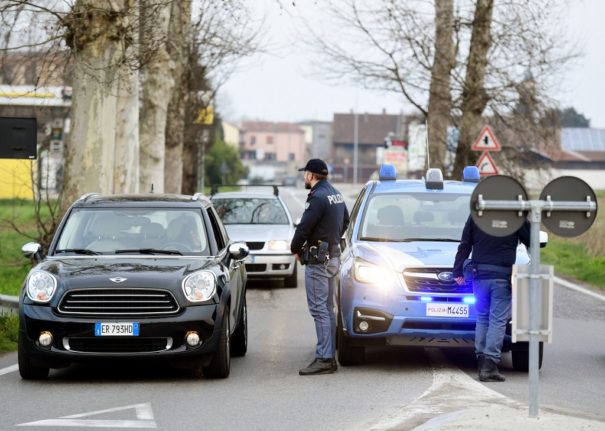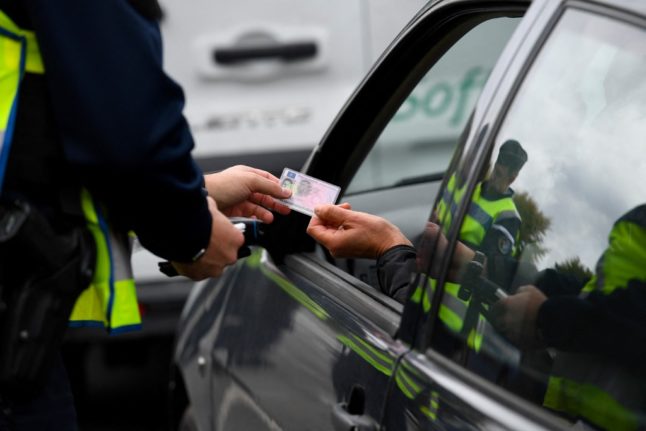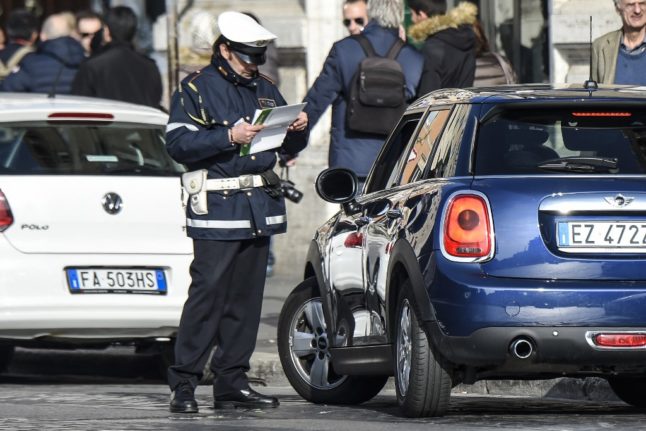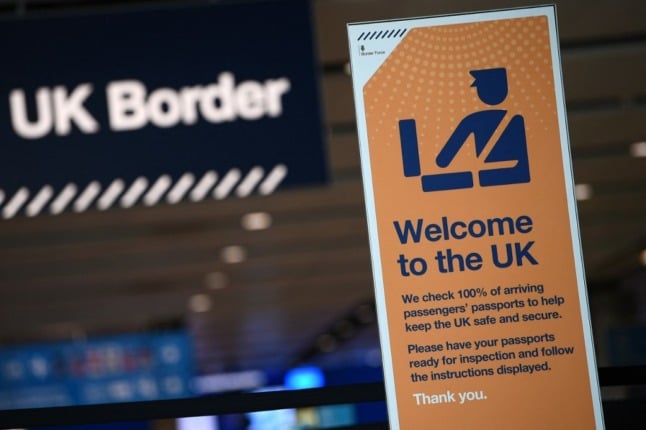The British government on March 27th confirmed further details about the deal meaning UK nationals resident in Italy who hold UK-issued driving licences will be able to apply to swap for an Italian licence without retaking their test.
It will be possible to book an appointment to exchange your licence from March 30th onwards, the government said.
READ ALSO: UK confirms Italian driving licence exchanges start on Thursday
The update came after the announcement at the end of December 2022 that the UK and Italian governments had signed a long-term agreement on the issue of driving licences post-Brexit.
Once it comes into force, the agreement means residents in Italy will be able to exchange their UK-issued licence for an Italian one without the need to take a test.
In the meantime, we’ve received a number of questions at The Local from readers wondering how the rules might apply once in force.
Here are some of those questions answered based on information on the British government’s Living in Italy page and a Q&A from the British Embassy in Rome.
Who can exchange their licence?
The guidance states that the agreement “will apply to all holders of a valid UK licence provided that they have been resident in Italy for less than six years at the time of application for exchange,” but added: “UK licence holders who acquired residence in Italy on or before 31 December 2020 may exchange their licence even if they have been resident in Italy for more than six years.”
READ ALSO: Who needs to exchange their driving licence for an Italian one?
Visitors to Italy from the UK do not need to exchange their licence, nor is there any requirement to obtain an International Driving Permit or any other additional documentation.
When can I start the exchange process?
The British government has confirmed that the deal will come into force on Thursday, March 30th and that UK nationals living in Italy can book appointments to apply for the exchange from this date onwards.
Applications must be made at your local Civil Motorization Office (Ufficio di Motorizazzione Civile) – find yours here.
It is not currently known how long you may have to wait for an appointment – this is likely to vary depending on where you live in Italy.
What does the exchange process involve?
The embassy in Rome shared the list of documents on the Italian Transport Ministry’s website, which you can find here under ‘Richiesta conversione patente non comunitaria‘.
Requirements currently include completing a form, paying a €32 fee, handing over your original licence, and providing copies of your Italian tax code and ID.
“After March 30th, please also check with your local Motorizzazione Office for any questions on their process and requirements,” the Embassy advises.

Can I book an appointment to exchange my licence now?
According to the advice published by the British Embassy in Rome: “You will only be able to start booking an appointment to exchange your licence with your local motorizzazione office when the Agreement enters into force, on March 30th 2023.”
There are no appointments available in my area. Can I book at a motorizzazione office elsewhere?
Yes. The Embassy says: “You don’t have to do your licence exchange in the area where you live. If there are no appointments in your area, you should look in another region where there may be more availability.”
Can I continue to use my UK licence while I complete the exchange process?
Yes, you will be able to keep your UK driving licence until the new licence requested for exchange has been issued.
The UK government confirmed in December that the grace period had been extended until the end of 2023 to allow holders of UK licences to continue driving in Italy without any new restrictions.
The UK government’s website states: “Valid UK driving licences held by those who were resident in Italy on 31 December 2022 will be recognised until 31 December 2023. If you became resident in Italy after 31 December 2022, you can use your valid UK licence for one year from the date you became a resident.”

Do I have to give up my UK licence?
If you were hoping to keep hold of your UK driving licence as well as getting a new Italian one, it seems you’re out of luck.
“It is not possible to hold licences issued by the UK and Italy at the same time,” the UK government’s guidance states.
“If you live in Italy, you can drive on your UK licence for the first twelve months of living here, during which time you must obtain an Italian licence,” it adds.
“If you return to live in the UK at any point, you will be able to exchange your Italian licence for a UK one without taking a test.”
Can all categories of driving licence be exchanged?
It looks like the deal covers most types of licence, but you should speak to the motorizazzione office for confirmation.
“Tables of equivalence have been included in the agreement and the majority of categories will be able to be carried over to an Italian licence,” the guidance reads.
If I previously swapped my Italian licence for a British one, can I now switch back?
It looks as if this will be possible, as the guidance says:
“You will be able to exchange your licence to an Italian one provided that the country where your licence was first issued has an agreement or understanding with Italy on licence exchange.”
How will this affect my car insurance?
The British Embassy advises: “You must check the requirements of your policy directly with your insurer.”
See the British government’s latest guidance on the deal in full here and find more information on the Living in Italy page.
Please note that The Local is unable to advise on individual cases. For further information, we recommend speaking to your local Ufficio di Motorizazzione Civile in Italy.
We will update this page with further information once it becomes available. Find our latest Brexit-related news updates for UK nationals in Italy here.



 Please whitelist us to continue reading.
Please whitelist us to continue reading.
We didn’t expect it to be straightforward, we have been told at the Brindisi office that two different medical certificates, from two different sources, are also required. So it’s back in to Francavilla Fontana tomorrow and then another drive to Brindisi. We are not hopeful that only two trips to Brindisi will complete the exchange.
We don’t work here, have no income here, do not pay tax here. No UK pension/benefits. We live on occupational pensions.
the local ASL said we can make an annual voluntary contribution of around e2500 to be be registered for the Italian NHS in order that we can ask a doctor to examine us and produce one of the health certificates to begin the process of driver licence exchange.
the ASL blamed Brexit but similar charges were in place prior to Brexit.